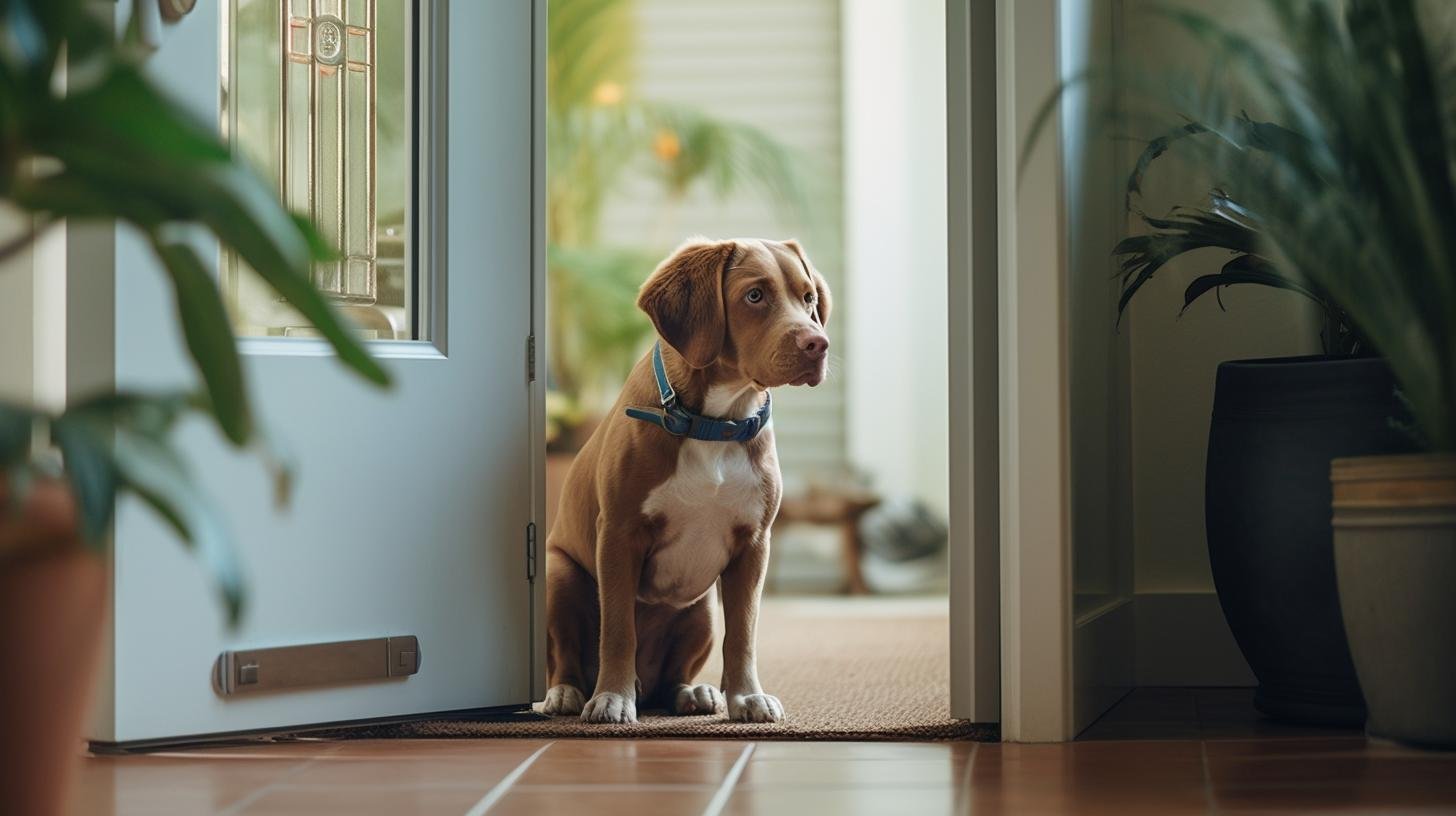Did you know that a dog’s bladder functions somewhat like a biological clock? Much akin to their human companions, they too have a schedule of sorts for eliminating waste. Dogs, in fact, are capable of holding their pee anywhere from 10-15 hours at a stretch or even longer in dire circumstances. While this is certainly not the norm, or healthy, it’s an exceptional testament to their biological tenacity. Before we delve into the specifics, let’s briefly explore some canine physiology related to urine production and elimination.
The dog’s urinary system mirrors that of humans: the kidneys filter waste from the blood and produce urine, the bladder stores it, and the urethra transports it outside the body. What regulates this process is the body’s intrinsic need to maintain a balance of water and minerals, and similarly, a canine’s internal clock also plays a role.
Adult dogs should be allowed to use the bathroom every four to six hours, though puppies require more frequent trips outdoors. If left regularly for more extended periods without a bathroom break, the dog can suffer from urinary tract infections, bladder stones, or, in severe cases, kidney disease.
Neglecting the canine’s need to pee isn’t a singular issue, it’s an agglomeration of several health ailments that could pose severe threats to your pet’s life. Now that we have the basic understanding down let’s untangle the specifics of this complex problem one thread at a time.
1. Unique Biological Clock
Canines, like people, run on an internal clock that guides their sleep, eating, and waste elimination patterns. This marvelous piece of innate machinery summons them for a bathroom break once the bladder reaches its holding capacity – usually every four to six hours. That being said, you might have noticed that your pet dog is capable of holding pee for much longer at night. This is because the body naturally slows down urine production in the sleep state to facilitate uninterrupted rest.
However, one crucial aspect to remember here is that just because dogs can by default hold their pee for long spells, doesn’t necessarily mean they should. Overstretching the bladder’s capacity on a habitual basis can cause undue strain and pose potential health hazards.
2. Puppies vs Adults
Just like human babies, puppies have small and rapidly developing bodies. They need frequent feeding and even more frequent bathroom breaks. A healthy puppy might need to urinate every hour or even more frequently depending on their diet and hydration. On the other hand, adult dogs have larger bladders and more control over their muscles, which allows them to hold their pee for longer. Remember, while it may be inconvenient, puppies will need more frequent trips outside.
3. Health Factors
Certain health factors can influence the bladder’s holding capacity. Older dogs and dogs with health conditions may struggle to hold their pee for extended periods. Conditions like urinary incontinence, bladder infections, diabetes, and Cushing’s disease can all increase a dog’s need to urinate. Additionally, some medications can also affect your dog’s ability to hold their pee. If you notice any changes in your dog’s urination pattern, it’s essential to consult with a veterinarian.
4. Environmental Factors
Last but not least, external influences such as weather, anxiety, or stress can affect a dog’s bathroom schedule. Cold weather can make dogs pee more frequently while anxiety might prompt them to hold their pee for longer.
Now, what can you do to ensure your furry friend stays healthy and comfortable? Here are some handy tips:
– Stick to a Routine: Just like humans, dogs thrive on routines. Having designated times for meals and bathroom breaks can help your dog’s body adjust and reduce the risk of accidents indoors.
– Keep Them Hydrated: Ensure your dog always has access to fresh water. Dehydration can cause urinary tract infections and other health problems. But remember, more water would mean more pee, so be ready to take them out more often.
– Regular Exercise: Regular walks not only provide bathroom opportunities but also stimulate the bowels and bladders, encouraging regular elimination.
– Foster a Comfortable Environment: Make sure your dog feels safe and calm during their bathroom breaks. Anxiety or fear can cause your dog to hold their pee for extended periods.
– Be Attentive: Keep an eye on your dog’s bathroom habits. Any changes may indicate underlying health issues and should be discussed with your vet.
In conclusion, while dogs may boast an impressive bladder capacity, they shouldn’t be made to hold it for long periods. It’s essential to understand your dog’s unique biological clock and cater to it responsibly for their benefit and, by extension, yours too. Keep your pet hydrated, well-exercised, and stress-free, and don’t forget to keep those vet consultations regular.
For any lingering questions, please consult a professional vet who can further guide you based on your pet’s specific circumstances.
